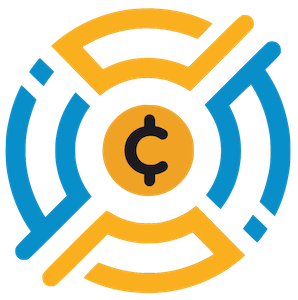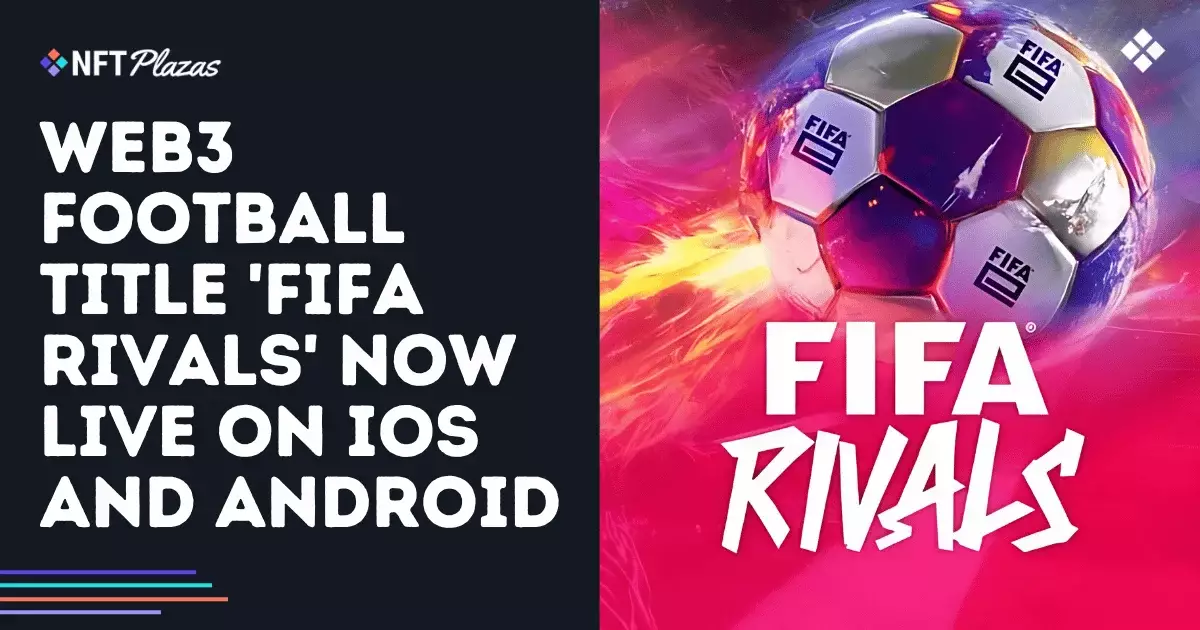The recent launch of FIFA Rivals marks an intriguing step forward in the intersection of traditional sports and blockchain technology. As a free-to-play web3 football game, it promises a novel experience for players, enabling them to collect and exchange virtual assets such as player gear. But the underlying mechanics of NFT gaming evoke powerful reactions—suspicion for some and excitement for others. The influx of blockchain into gaming presents opportunities, but it also raises significant questions about the ramifications for both players and the gaming industry as a whole.
The Allure of Digital Ownership
What fuels the excitement surrounding FIFA Rivals is the concept of digital ownership. Players can buy, sell, and trade in-game assets on the Mythos Chain developed by Mythical Games. This is a compelling proposition, especially for those who relish the idea of truly owning their collectibles rather than merely renting them through a traditional gaming platform. Yet, while the ability to trade might tantalize some, it fosters an aura of transactional gameplay that could overshadow the essence of gaming itself. Is the thrill of competition being sacrificed for the allure of asset trading?
Marketing Genius or Misguided Move?
The comprehensive marketing approach adopted by Mythical Games suggests a strategy rooted in both ambition and pragmatism. By collaborating with high-profile brands such as FIFA and Adidas, they aim to snag the attention of football fans worldwide. However, one could argue that this strategy may alienate purists who view football gaming as a sanctuary from commercial forces. While the game aims to harness football’s global popularity, firms like FIFA are also venturing into the murky waters of NFTs, which could tarnish their legacy if mishandled.
Challenges of a Living Economy
Creating what Mythical Games refers to as a “living economy” is no small feat. They intend to maintain the relevance of both new and old digital assets through seasons. Yet, this approach could lead to inflated speculation on asset values, making the experience less pleasurable for players who just want to enjoy the game. The friction between creating new content and preserving asset value requires delicate handling, and not all developers possess the requisite acumen. Here, FIFA Rivals faces its biggest test—can it fulfill its grand promises without collapsing under its economic weight?
A Global Game with Regional Nuances
The developers are astutely aware of regional differences in player behavior; for instance, European players traditionally spend less than their American counterparts. This awareness steers the game’s design towards skill-based progression rather than purely transactional systems. While this cautious approach is commendable, it remains to be seen whether it adequately addresses the motivations of different player demographics. If the game fails to resonate across cultures, it could become yet another digital misfire rather than the transformative experience that advocates promise it to be.
The Uneasy Future of Digital Sports Gaming
As FIFA Rivals continues to evolve, the introduction of new features like an AI sports agent and esports competitions could enhance player engagement. Yet, there looms a shadow of skepticism about the long-term viability of NFT gaming. If digital ownership becomes a selling point over actual gameplay, the industry risks alienating traditional gamers in a bid for innovation. NFT gaming should strive for balance, not the unbridled profit-seeking that could ultimately disrupt the cherished integrity of sports gaming. In this age of rapid technological change, the journey forward requires not just courage but also introspection and sensitivity to the rich traditions that make gaming—and football—meaningful.

